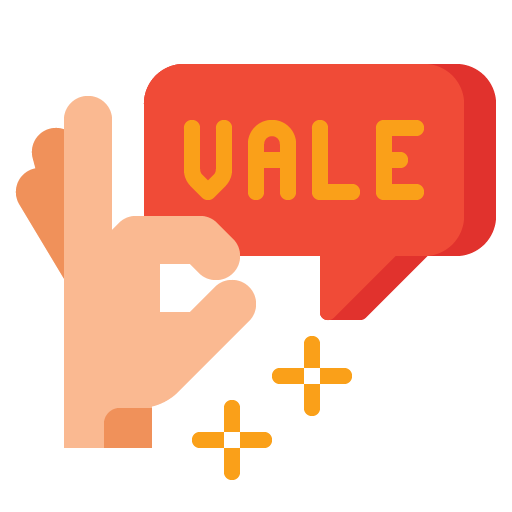Understanding What Language Barriers Really Are
Language barriers are more than just gaps in vocabulary or grammar knowledge. They often involve fear, anxiety, and self-doubt that can make even well-prepared learners freeze in real-life conversations. Many learners know more than they think they do, but the pressure of speaking in front of native speakers can turn that knowledge into silence. Recognizing that confidence, not just competence, plays a major role in communication is the first step toward breaking through the barrier.
Shifting Your Mindset
Confidence in language learning begins with changing how you view mistakes. Mistakes aren’t signs of failure — they are tools for progress. Every time you use a word incorrectly or pause mid-sentence, you create an opportunity to learn something new. Native speakers usually appreciate the effort and rarely judge imperfect grammar. Accepting that errors are part of the process allows you to speak more freely, reducing the fear that holds you back.
You’re not aiming for perfection. You’re aiming for connection. The sooner you stop measuring your speech against that of a native speaker, the faster you’ll improve. Real fluency comes from usage, not flawless accuracy. The best speakers are not those who know every word, but those who are comfortable expressing themselves with the words they do know.
Practice That Builds Confidence
Regular, low-pressure practice is one of the most effective ways to build confidence. This could mean setting aside five minutes a day to talk out loud to yourself, recording short voice memos, or having short exchanges with a tutor or language partner. Speaking regularly keeps your skills sharp and makes conversation feel natural rather than intimidating.
Language apps, conversation groups, and online communities provide excellent environments to practice. These spaces are designed for learners and are often more forgiving than real-world settings. They help you get used to being heard and understood, even when you’re not perfect.
Another technique is shadowing — listening to native speakers and immediately repeating what they say. This practice not only improves pronunciation and rhythm but also trains your mouth and brain to work together, making real conversations smoother.
Building Vocabulary That Serves You
Rather than trying to memorize long vocabulary lists, focus on the words and phrases you’ll actually use. Start with topics that reflect your daily life — introductions, shopping, asking for directions, ordering food. When you feel confident with practical vocabulary, you’re more likely to speak up in real-life situations.
It also helps to learn “bridge phrases.” These are expressions that help keep conversations flowing when you’re unsure what to say. Phrases like “How do you say…?”, “Can you repeat that?”, or “I don’t understand, could you explain?” give you tools to navigate moments of confusion without shutting down the conversation entirely.
Immersing Yourself in the Language
Immersion doesn’t require moving to another country. You can bring the language into your daily life by watching shows, listening to music, reading books, or following social media accounts in the target language. The more you expose yourself to how the language is naturally used, the more familiar and comfortable it will feel.
Hearing the language regularly helps develop an intuitive understanding of sentence structure, word choice, and tone. Over time, this makes it easier to produce speech that sounds more fluid and confident. Immersion trains your brain to recognize patterns and cues without consciously translating every word.
Managing Anxiety in Conversations
Even experienced learners sometimes feel nervous before speaking. Preparation can ease that anxiety. Think ahead about common topics and prepare key phrases you might need. If you’re meeting someone new, practice introducing yourself and talking about your interests. Rehearsing helps your brain and mouth work together more effectively when it counts.
Deep breathing and grounding techniques can help when anxiety kicks in. Remind yourself that no one expects perfection. The person you’re speaking to likely knows how hard language learning is and will admire your effort. Staying calm and focused helps you access the vocabulary and grammar you already know.
Measuring Progress Beyond Grammar
Language learners often fixate on what they don’t know, but tracking what you’ve already accomplished is just as important. Celebrate when you hold your first full conversation, understand a movie scene without subtitles, or navigate a store in your new language. These milestones matter.
Progress isn’t just about mastering tenses or complex vocabulary — it’s about gaining the courage to speak up, to keep going after a mistake, and to understand more today than you did yesterday. Keeping a journal or audio diary in your target language helps you notice growth over time and builds the motivation to continue.
Connecting with People, Not Just Language
Ultimately, language is a tool for human connection. Every conversation you attempt builds a bridge to another person’s experience, culture, and perspective. The more you use the language to form real relationships — however small — the more natural it becomes to speak with confidence.



